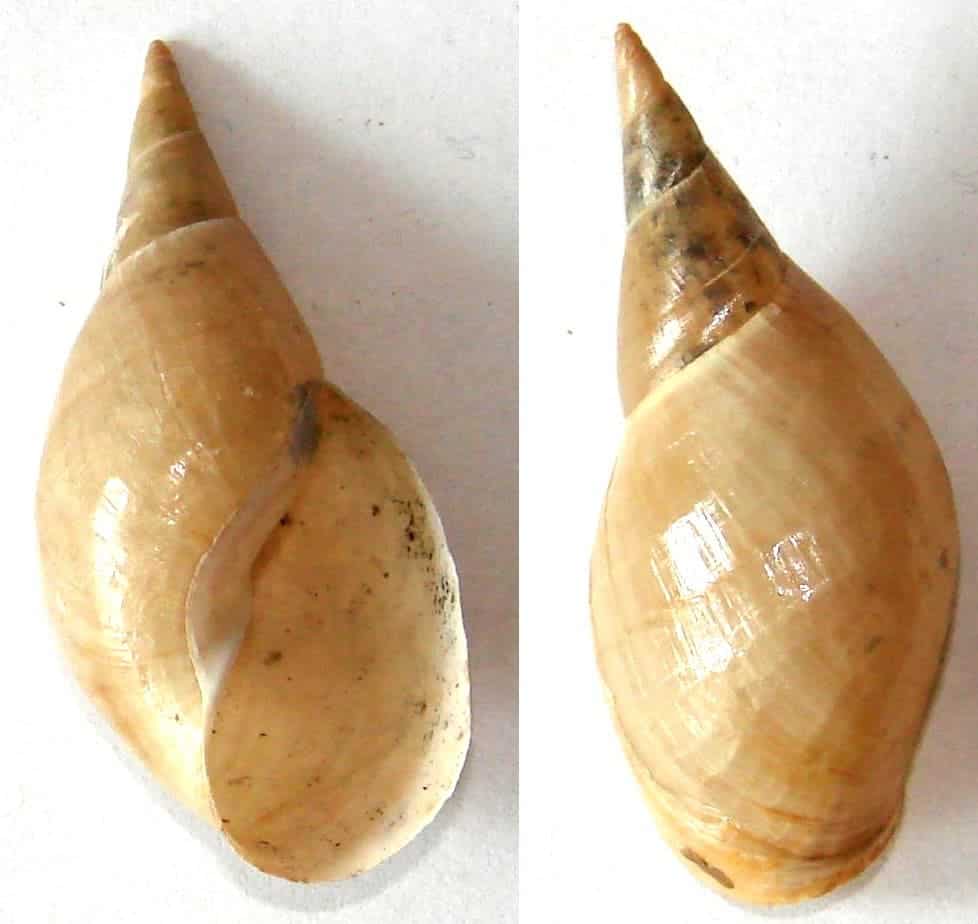Many things in nature are symmetrical — think of your own body, for instance. Two arms, two legs, two eyes, and so on. Many creatures have some sort of natural symmetry, but nature and symmetry don’t always go together. You have a heart, and that’s (usually) on your left side, the liver is on your right, and for most people, one side of the body is handier than the other. Snails feature an even more impressive asymmetry: they coil to one side, and it’s almost always the right side. In a new study, Japanese researchers show why snails coil to the right, and how they can be edited to prefer the other side.
If an object or a creature is distinguishable from its mirror image, its asymmetry is called chirality. All of the known life-forms show specific chiral properties, and animals such as gastropods (snails and slugs) exhibit remarkable chiral properties. They twist and produce coiled shells, but the direction of the coil isn’t random: in the vast majority of cases, gastropods twist to the right.
Researchers have previously suspected a gene Lsdia1 to be responsible for this, but until now, there was no practical confirmation. So Masanori Abe and Reiko Kuroda (working at Tokyo University of Science, but recently relocated to Chubu University, Japan) set out to explore how mutations of this gene might affect chirality.
They used CRISPR gene editing technology to tweak the gene — the first time this technology was applied to mollusks. From the earliest stages of development, even when the snail embryo was a single cell, there were signs of changing chirality. When the mutant snails grew as adults, they produced exclusively left-coiling offspring, showcasing that Lsdia1 was indeed responsible for chirality.
“It is remarkable that these snails with reversed coiling are healthy and fertile, and that this coiling can be inherited generation after generation (we now have 5th-generation leftward-coiling snails). Further, these results may have an implication for snail evolution and speciation — given that left- and rightward-coiling snails probably wouldn’t interbreed,” says Kuroda.
It’s not exactly clear how and why the gene controls chirality, however. Researchers know that Lsdia1 encodes formin, a group of cells found in all eukaryotes which are involved in a number of functions, including regulating cellular structure. Researchers believe that further studies of this gene could help us understand the mechanisms for controlling left-right asymmetry in all species — including our own. For instance, some babies are born with their heart on the right, which is commonly associated with life-threatening heart defects of the heart and other related abnormalities. Lsdia1 could hold the key to detecting and preventing these deformations.
“Although diverse mechanisms have been proposed for different animals, we think a unified mechanism, involving formins and cellular chirality, is probable,” Kuroda concludes.
The study has been published in the journal Development.










